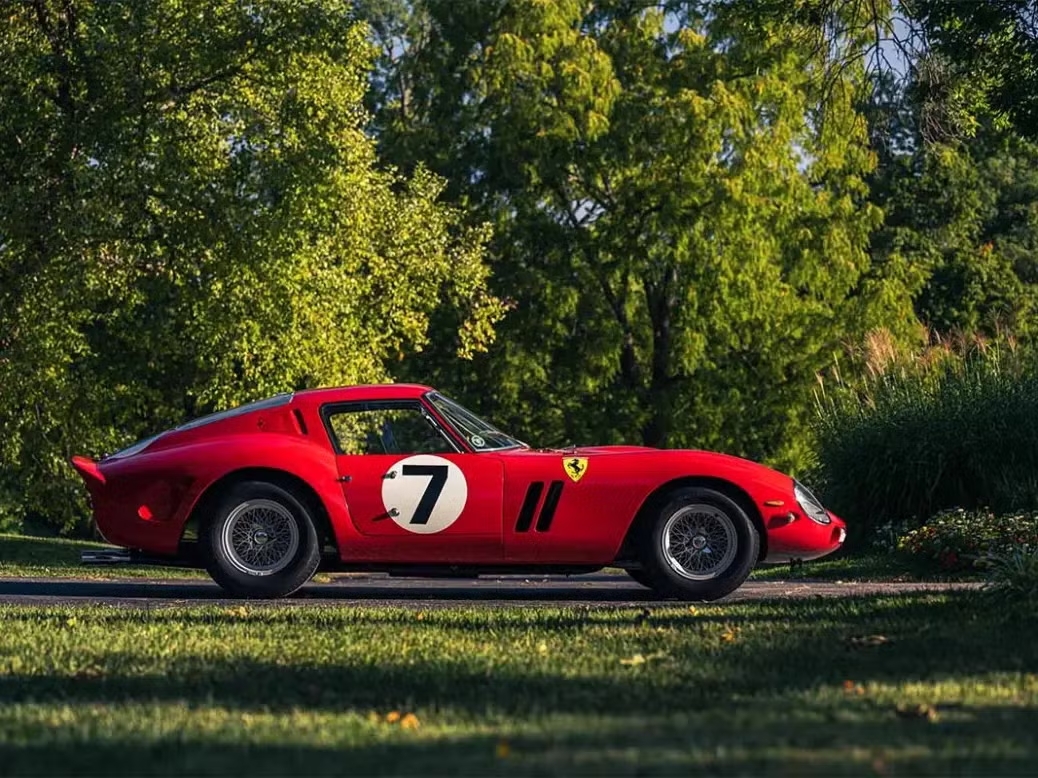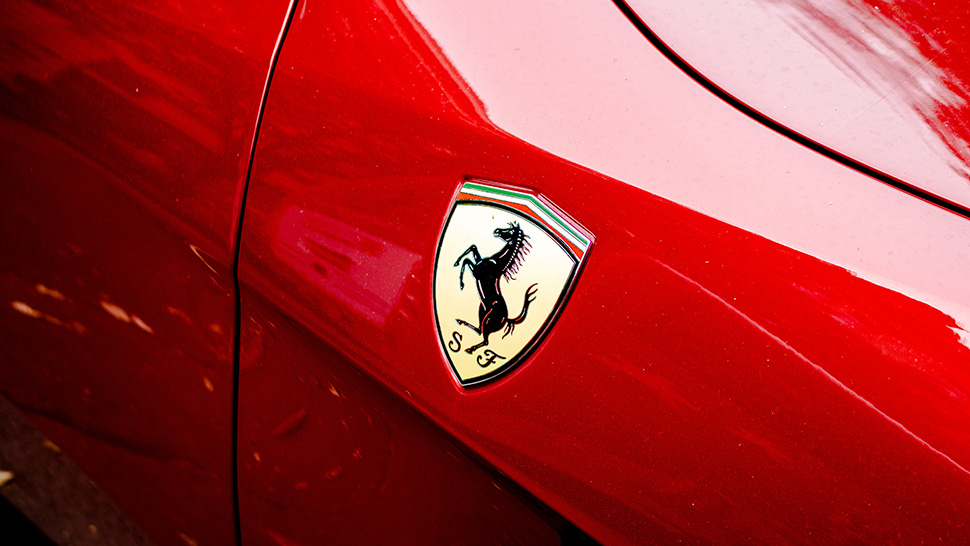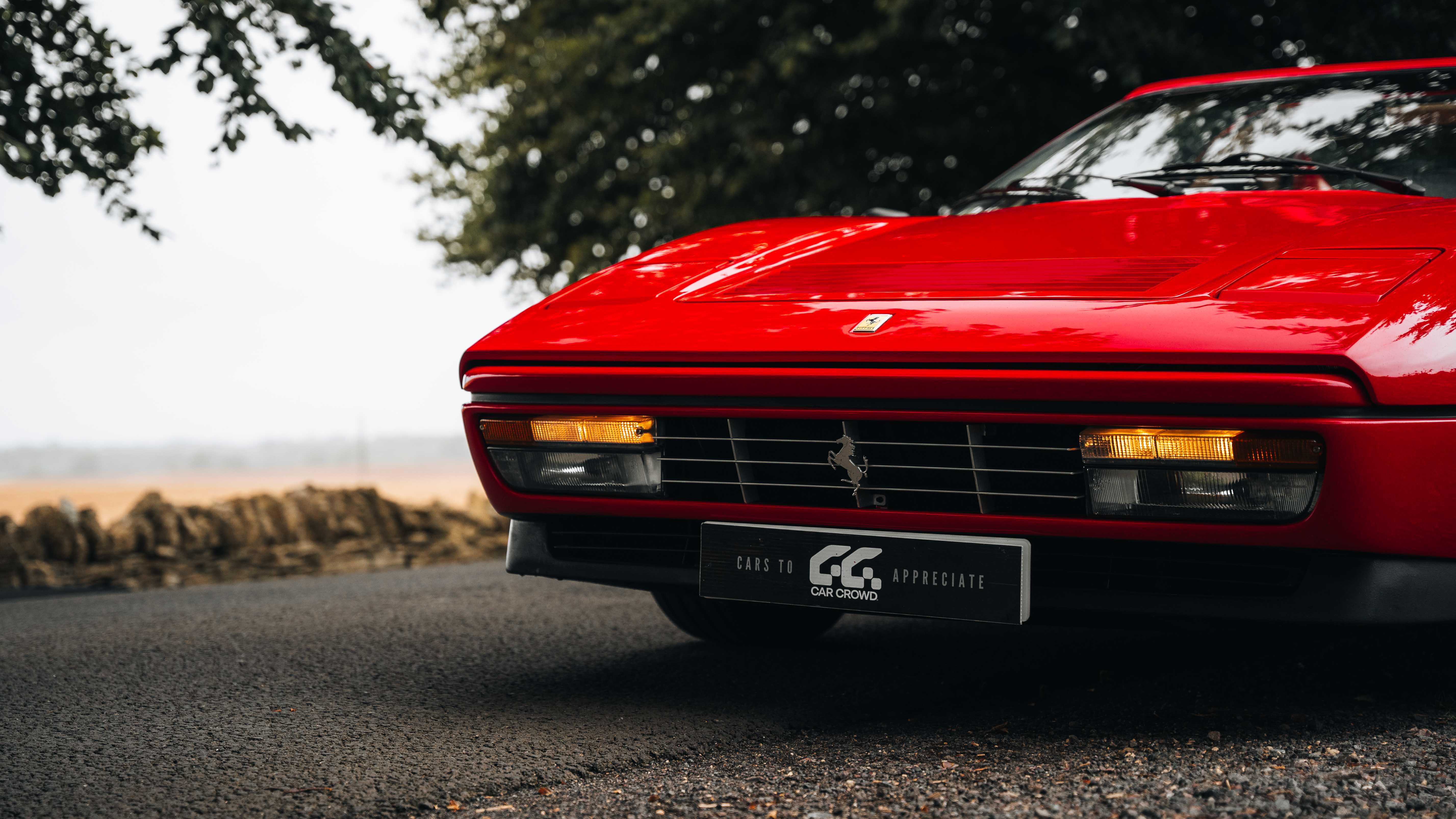Ferrari Auction Value Forecast: Predicting the Next Classic Car Spike
From Hammer to Headlines: Why Ferrari Auctions Matter
Each time a Ferrari crosses the auction block, it does more than change hands—it shifts the entire perception of value in the collector car market. Auction prices set benchmarks, stir sentiment, and drive the narrative around what’s hot, what’s overlooked, and what’s about to explode.
For investors, understanding Ferrari’s auction curve isn’t just about car enthusiasm. It’s about using historical trends, real-time market data, and expert pattern recognition to anticipate the next 288 GTO moment—or avoid the next auction letdown.
Reading the Curve: What Auction Prices Reveal
Auctions are public, trackable, and sentiment-sensitive. That makes them rich territory for investment forecasting.
Key Auction Signals:
- Hammer Price Trends: How prices change over time for the same model
- Sell-Through Rates: High sell-through = strong demand; low rates = buyer hesitation
- Lot Volume: Spikes can indicate seller confidence or asset over-supply
- Geographic Shifts: When Ferraris spike in value across multiple global auctions, it’s a trend—not an anomaly
The Ferrari Boom Years: Historic Auction Spikes
The classic Ferrari market has experienced several well-documented spikes. Here are a few landmark moments:
1. The GTO Surge (2014–2018)
- Model: Ferrari 250 GTO
- Price Movement: From ~$10M in 2004 to $70M+ by 2018
- Drivers: Scarcity, 50th anniversary attention, media buzz, and UHNW collector demand
2. The Enzo Upswing (2019–2022)
- Model: Ferrari Enzo (2002–04)
- Price Movement: ~$1.5M to $3.5M+
- Trigger: End-of-era V12 allure + Ferrari’s 75th anniversary
3. The F40 Renaissance (2020–Present)
- Model: Ferrari F40 (1987–92)
- Price Movement: $400K to $2.5M+
- Cause: Younger collector interest + analog performance appeal
These spikes are not just exciting—they shape what collectors and investors chase next.
Predicting the Next Spike: What the Data Says
Looking ahead, which Ferraris are poised for breakout performance in the next auction cycle? Based on pattern recognition, auction house sentiment, and current asset pricing, here are a few contenders:
Ferrari 512 TR (1991–94)
- Current Value: $250K–$350K
- Auction History: Strong appreciation in past 3 years
- Drivers: 1990s nostalgia, gated manual V12, undervalued vs Testarossa
Forecast: Double-digit appreciation likely as GenX/early Millennials enter peak collecting years.
Ferrari 575M Maranello (2002–06)
- Current Value: $125K–$250K (manuals command more)
- Auction Trajectory: Steady climb for 6-speed models
- Drivers: Last of front-engine V12s before electronics took over
Forecast: Manual 575Ms could cross $400K by 2027.
Ferrari 308 GTB/GTS (1975–85)
- Current Value: $70K–$120K
- Auction Data: Flat to slowly rising
- Drivers: Entry-level Ferrari ownership, 1980s design resurgence
Forecast: Modest upside, but accessible entry point for fractional investment.
Ferrari 456M GT(1998–2003)
- Current Value: $80K–$150K
- Auction Sentiment: Picking up, esp. for low-mileage manuals
- Drivers: Long overlooked grand tourer with timeless lines
Forecast: Could mirror the 550 Maranello’s rise if collector interest holds.
Platform Intelligence: What aShareX Is Watching
At aShareX, we track auction performance as part of our due diligence and asset valuation process. Here’s what we look for before listing a Ferrari for fractional ownership:
- Multi-auction consistency: Strong results across Sotheby’s, Bonhams, Gooding & Co.
- Low volatility in bids: Indicates stable demand
- Private sale interest mirroring auction trends
- Auction commentary sentiment: Expert buzz = pre-spike signal
This data-driven approach ensures only promising, investment-grade Ferraris make it onto our platform.
When and Where to Watch Ferrari Auctions
Top Global Auction Events for Ferrari Insights:
- Monterey Car Week (USA – August): Bellwether event for top-tier Ferraris
- Rétromobile (Paris – February): Classic Euro flavor, emerging model signals
- Goodwood Festival of Speed (UK – July): Strong for analog-era Ferraris
- Amelia Island (USA – March): Good read on middle-market appreciation
Watching these auctions in sequence provides visibility into model trends and investor sentiment.
How to Analyze an Auction Lot Like a Pro
Before placing a bid—or buying a fractional share—here’s how to break down a listing:
- Review Auction Estimates vs Sale Price History
- Look at Lot Position: Early/late placement impacts bidding behavior
- Review the Catalogue Notes: Does it mention “Classiche,” “concours,” or “documented provenance”?
- Study Comparable Sales from Past 12–24 Months
- Watch Real-Time Bidding Pattern: Are there competing bidders or quick acceptance?
Auction psychology matters—an undervalued gem in a quiet session can become a sleeper hit.
Auction Myths vs Market Reality
Myth: “Auction prices always reflect real value.”
Truth: They reflect sentiment + buyer environment—especially for niche cars.
Myth: “High bid = best car.”
Truth: Sometimes low-bid cars are higher quality—just under-marketed.
Myth: “Once a car peaks, it won’t rise again.”
Truth: Some Ferraris enjoy multiple appreciation waves over decades.
Using Auctions to Time Your Exit Strategy
Auction peaks often signal the ideal time to exit—whether via full sale or fractional share divestment.
At aShareX, investors can:
- Exit via platform-led buyouts when valuations spike
- Sell shares on the regulated secondary market
- Reinvest profits into undervalued Ferrari opportunities
Example:
An investor holding a 12% share in a Ferrari 288 GTO exited during a 2022auction spike, earning a 14% IRR in 18 months—without ever attending an auction in person.
What Drives the Spike? A Quick Behavioral Economics Lesson
Auction surges aren’t just about rarity—they’re about story, psychology, and timing.
Common Catalysts:
- Anniversaries (e.g., 60 years of the Dino)
- Celebrity sales (e.g., Paul Newman’s Ferrari)
- Cultural moments (Ferrari movie release, F1 wins)
- New wealth pockets entering market (crypto liquidity, emerging HNWI regions)
The more emotionally resonant the asset’s narrative, the more likely it is to break through.
Caution Ahead: Models to Watch, but Not Chase
Some Ferraris are attracting attention—but not all will spike.
- Ferrari California T: Too common, high depreciation.
- Ferrari 348: Seeing interest, but mixed historical reputation.
- Ferrari Roma (New): Stunning, but too new for classic investment play.
Tip: Watch, don’t rush. Let real data—not Instagram hype—drive your allocation.
Conclusion: Ride the Curve, Don’t Chase It Blindly
The Ferrari auction curve isn’t about get-rich-quick schemes or flashy headlines. It’s about interpreting signals, understanding scarcity, and timing allocations with patience and precision.
For investors using platforms like aShareX, auction intelligence becomes part of a broader toolkit—one that includes compliance, custody, and collector-grade access. Whether you're buying at hammer price or investing fractionally post-auction, the key is to see the curve—and drive ahead of it.
Ready to forecast your next Ferrari investment?
Explore upcoming opportunities on our Classic Automobiles Alternative Investment platform









Leave a Comment